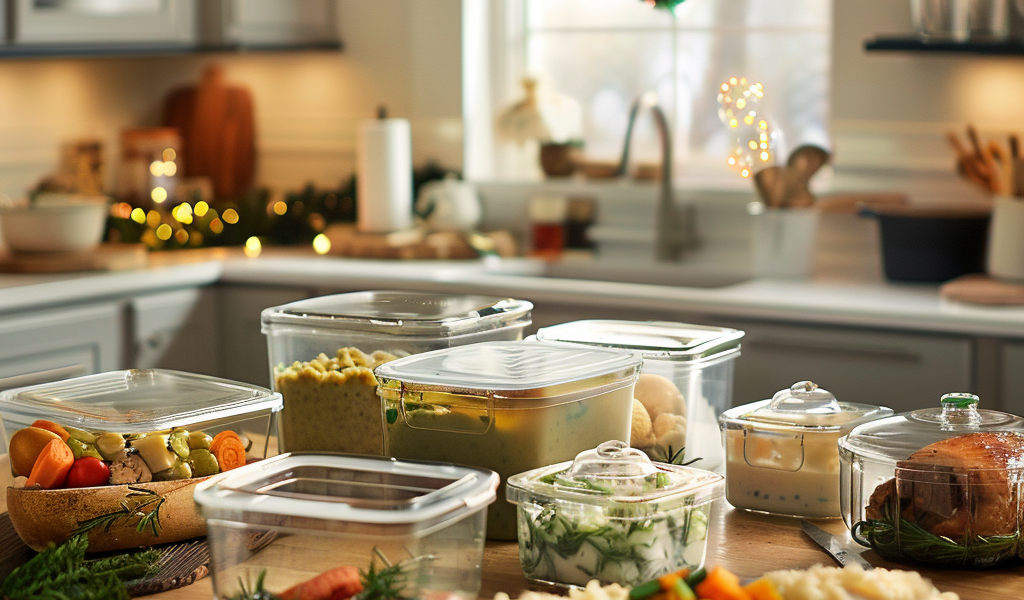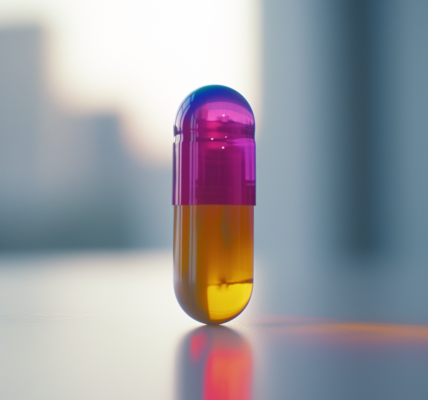As the holiday season approaches, many families are preparing for festive feasts and the inevitable leftovers that follow. However, when it comes to storing those delicious remnants, experts are advising a shift from plastic to glass containers for health and safety reasons.
Recent studies highlight the potential dangers of using plastic containers, particularly when reheating food in the microwave. According to a 2023 study conducted by the University of Nebraska, microwaving plastic can release billions of microplastics into food. This alarming finding indicates that an average American consumes between 39,000 and 52,000 microplastic particles annually through food and beverages.
Microplastics, defined as plastic particles ranging from 5 millimeters to 1 nanometer in size, are pervasive in our environment. They can be found in various everyday items, including food containers, water bottles, cosmetics, and even seafood. The presence of these tiny particles in our food raises significant health concerns.
Jennifer Freeman, a professor of toxicology at Purdue University, emphasizes that plastic contains chemicals known as plasticizers, which can lead to various health issues. These endocrine-disrupting chemicals mimic hormones like estrogen, potentially resulting in behavioral changes and increased obesity risk. Freeman warns that exposure to these substances can lead to adverse health outcomes, including organ dysfunction and immune disorders.
When food is heated in plastic containers, there is a risk that these plasticizers will leach into the food, allowing harmful chemicals to enter the body. Furthermore, heating plastic can cause it to break down, forming microplastics that may trigger an immune response when ingested.
While some containers are labeled as “microwave safe,” Freeman cautions that this designation does not eliminate the presence of plasticizers. Instead, she advocates for the use of glass containers, which are a safer alternative for storing and reheating food. Glass does not leach harmful chemicals and is less likely to break down when exposed to heat.
For those who still prefer to use plastic, Freeman offers guidance on selecting safer options. She recommends choosing plastics labeled as number two (high-density polyethylene) and number five (polypropylene), as these types are generally more durable and less likely to break down over time.
As families gather around the table this holiday season, making informed choices about food storage can help minimize health risks associated with plastic. By opting for glass containers, individuals can enjoy their Thanksgiving leftovers with greater peace of mind, knowing they are taking steps to protect their health and well-being.
In summary, with the potential dangers of microplastics and harmful chemicals in mind, the shift from plastic to glass for food storage is a prudent decision for anyone looking to safeguard their health during the festive season and beyond.





